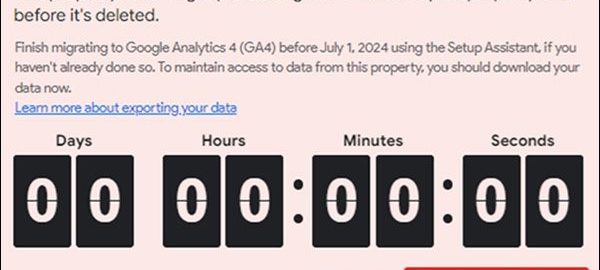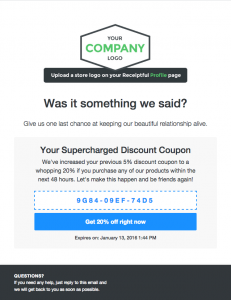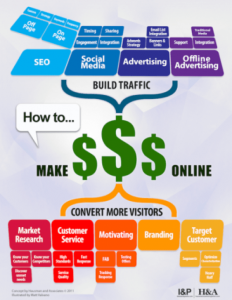Google Universal Analytics Data Disappeared On Schedule – Or Did It?

People are creatures of habit. They crave familiarity and feel comfortable when they know how to measure something and where to find data — especially when it comes to advertising campaigns running on Google.
On Monday, Google followed through with its plans to cut off marketers from Universal Analytics data as it made the transition to Google Analytics 4 (GA4).
The company made the announcement last year. The transition focused on updating a more than decade-old analytics package with the latest privacy considerations and artificial intelligence.
GA4 can measure consumers on complex journeys that could take them across a variety of devices and screens.
Those using UA paid a lot of money to use the system and were given one year to make the transition, but few details were provided on how to retrieve the data, some said.
Not true, according to Google. Since announcing the turndown of Universal Analytics in March 2022, the company has worked closely with businesses to provide guidance on how best to set up their Google Analytics 4 properties and migrate successfully.
Google put together many helpful resources to help businesses navigate the migration, such as this step by step guide, and a collection of articles with guidance from its AdsLiason.
The company insists it has regularly shared that manual migration is the best approach for all businesses. It meant to give businesses the best customization options and ensured everything aligned with preferred configurations. This is especially true for advertisers.
The deadline set by Google — July 1, 2024 — left advertisers to take responsibility for downloading the historic data or risk losing it forever.
“While the data deprecation was expected, it is disappointing Google did very little to assist advertisers in exporting their data or offering ability to transfer it to GA4,” Vincodo GM and Founder Tim Daly told Performance Marketing Insider. “With missing data, it seems like we have seen the re-birthed of the internet.”
Many advertisers did not save their data. One reason may be that Google did not offer tools to extract the data or transfer it. Some advertisers thought the deadline would be extended similar to those set for Privacy Sandbox.
Some think Google warehoused the data — making it anonymous and privacy-compliant, while restricting access to marketers. No so, says Google.
“Google finally hit a deadline for the first time since Covid and as of this morning, all UA data is now deleted from accounts including for those that had contracted for Google Analytics 360,” Daly wrote in a blog post. “All records of your past performance have been wiped out as if it never existed with Google offering no options to transfer the past performance data into your new GA4 account.”
One of the biggest challenges, he said, is that GA4 lacks specific required functions, such as easy access to extract or analyze the data.
But the biggest concerns are the validity and the ability to use past data, Daly says, because the past data in UA is gone.
Advertiser concerns include:
- The logic behind Default Channel Grouping reporting in GA4 has changed significantly compared to UA reporting process — an issue that brings to the forefront concerns over how advertisers assess multi-touch attribution and whether new data logic from Google is trustworthy. For example, it Shopify shopping cart emails in one instance were found to override the original traffic source.
- Facebook tracking continues to be under-recognized by Google Analytics — even under the new GA4 setup, and even with Enhanced Conversions applied
- Emailing functionality for reporting still doesn’t exist to allow for flat file drops, similar to UA for Explore reports. Google continues its efforts to force the use of Google Cloud and Big Query, which is only suitable for large Advertisers using the most powerful reporting tool inside of GA4.
- Earlier this year, concerns arose that GA4 does not collect a significant number of activities – and this appears to still be unresolved. Shopify Community forums continue to report ongoing issues with transactions not being recorded, even when utilizing the built-in integration between Shopify and GA4.
Google did provide a Tag Diagnostics tool on June 27 to assist in determining setup issues that may have existed since the initial transition from UA to GA4. There also are classes marketers can take to become more familiar with the platform.
(8)
Report Post






